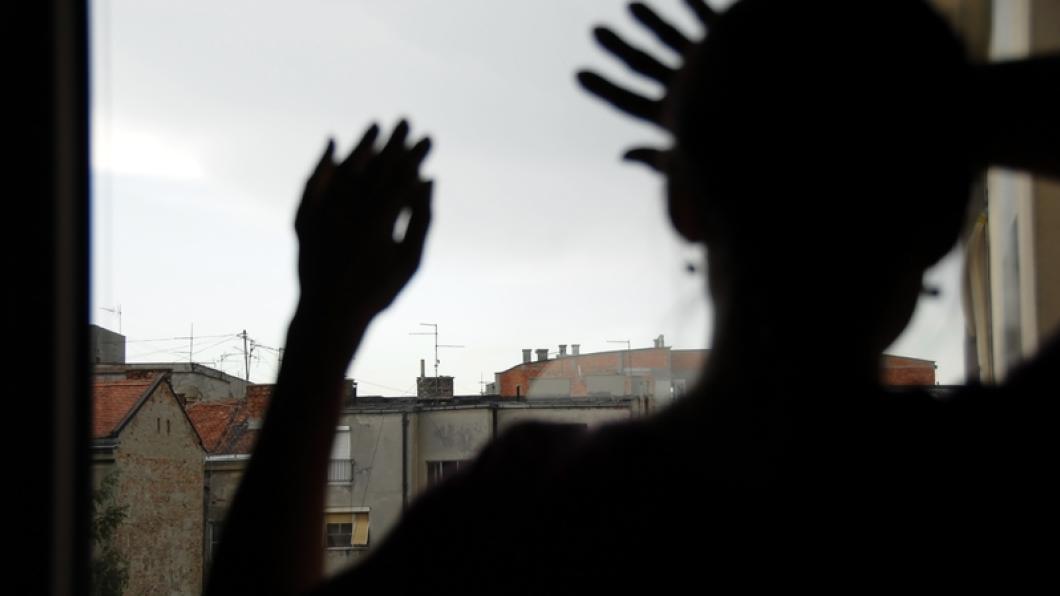
Group home residents bore the brunt of pandemic isolation. It can't happen again
By Louise Kinross
A new study that looked at how Norwegians with intellectual disabilities were locked down in care homes during the pandemic crossed my desk.
It reminded me of Covid-19 restrictions in Ontario that saw families separated from their disabled children in group homes for months. For example, Pamela Libralesso and her family didn’t see son Joey, then 14, who requires round-the-clock care, for six months in 2020.
The Ontario Human Rights Tribunal later found the policies of the group home had discriminated against Joey. "Technology is not a reasonable form of accommodation for a child who is non-verbal and communicates, at least in part, through physical touch," adjudicator Jennifer Scott wrote.
In pulling up the interview we did with Pamela, I recognized how quickly we forget the damage that was done to people with intellectual disabilities during the pandemic. Who wants to remember?
But we must.
In December, the Ontario government released an independent review of the Accessibility for Ontarians with Disabilities Act—a report they’d sat on since it was submitted in June. In it, Rich Donovan declared the "current state of accessibility to be a crisis." From a safety perspective, he noted our lack of emergency response protocols for people with disabilities.
Back to the Norwegian study, which was published in the Journal of Care Research.
The researchers studied the Covid-19 responses of five care facilities. In one facility, residents stayed in their small apartments—cut off from common living areas and having no contact with other residents or their families—for six months. They never went outside. For six months! Their only contact inside was with masked staff. There was a “hugging ban,” so they had no physical contact with a human being for half a year. All five homes in the study were found to have violated human rights in various ways.
A recent study looking at the mental health of people with intellectual disabilities in a Spanish care home found that their mental health following the pandemic did not return to pre-pandemic levels. “This can be attributed to the [prolonged] duration of the restrictions, and the losses experienced, such as the loss of their jobs, relatives and friends due to Covid-19,” they wrote.
One of the main findings of the Norwegian study was that clear municipal contingency plans for assisted living facilities were absent. Which leads us back, in Ontario, to our lack of emergency planning for people with disabilities. What is being done to ensure group home residents never experience extreme isolation during a health threat again?
“It took two months after the rest of the community was eating on patios and getting haircuts for our family members to get some semblance of freedom,” says Pamela, who led an advocacy group called Ontario Families of Group Home Residents. “These are people who led very full lives prior to the pandemic and who have lost everything.”
Like this story? Sign up for our monthly BLOOM e-letter, follow @LouiseKinross on Twitter, or watch our A Family Like Mine video series.